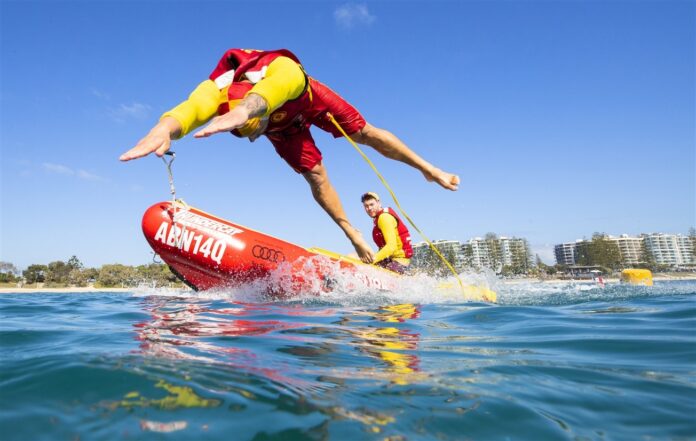A Sunshine Coast lawyer has weighed in on the debate about bystander rescues, following recent drownings during the most deadly time of year in Australia’s waters.
Hugh Powell, of personal injury firm Travis Schultz and Partners, said bystanders, particularly surfers, played a pivotal role in preventing drowning. But they often paid a high price.
Statistics point to a rise in attempted rescues by members of the public, family members and friends (bystander rescues) who tragically drown as a result.
In one of the latest incidents, a land, sea and air search was suspended after failing to find a 19-year-old man who was caught in a rip and swept out to sea off Congo Beach, on the NSW far south coast, on Boxing Day.
Local journalists supporting local people. Help keep independent and fair Sunshine Coast news coming by subscribing to our FREE daily news feed. All it requires is your name and email at the bottom of this article.
The man had entered the water to help his two younger brothers who were in difficulty in the surf, 40km south of Batemans Bay, about 3.30pm.
Before he was swept out to sea, he had managed to save one brother while the other made it back to land on his own.
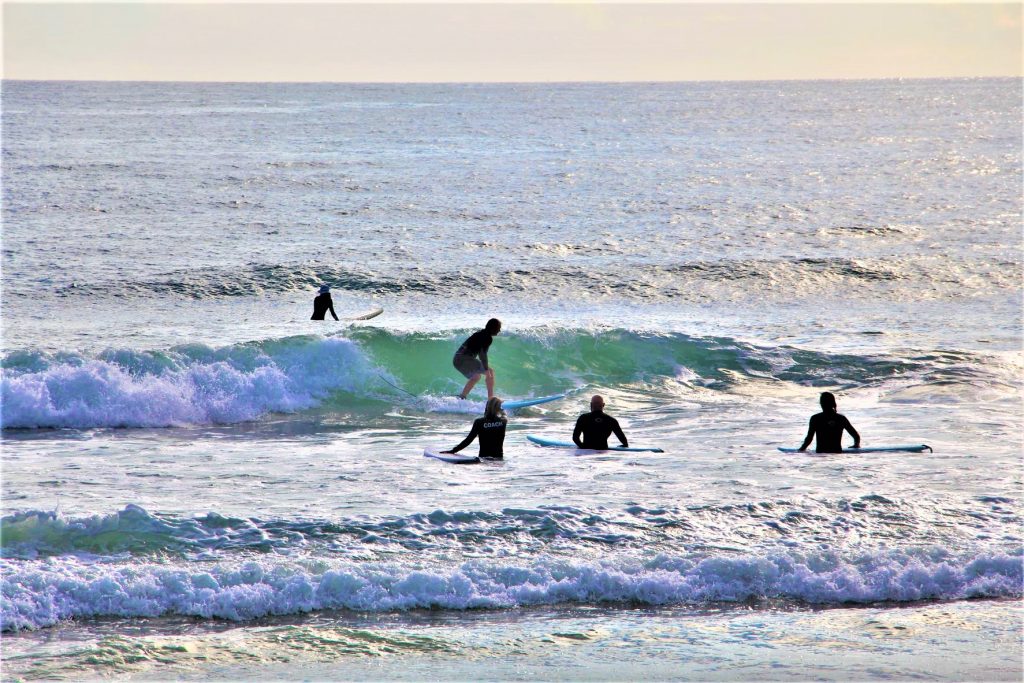
Data sourced through Surf Life Saving Australia’s Coastal Fatality Database showed 67 bystander rescuer fatalities in coastal waterways were reported during the 15-year period between July 1, 2004, and June 30, 2019 – an average of 4.5 per year.
The study at the time prompted lifesavers to urge people to think twice before rushing into the ocean to rescue others.
Rip currents are the number one coastal hazard, and men are the highest fatality group.
Most beach drownings occur at the height of summer holidays and on Saturdays and Sundays.
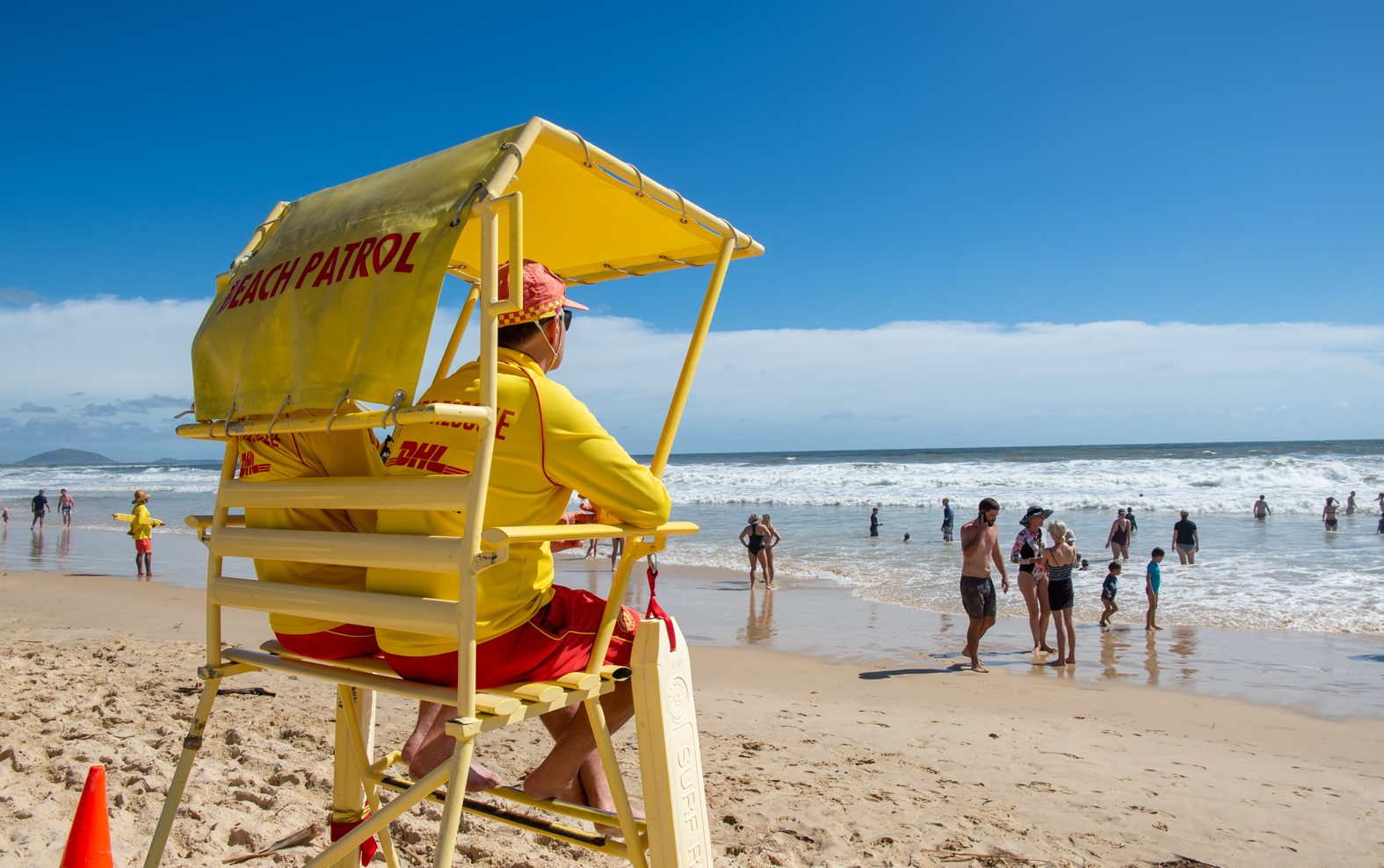
About two-thirds of drownings happen more than one kilometre away from a surf lifesaving service.
“This is unsurprising given that only about 4 per cent of the 11,000-odd beaches in Australia are patrolled in some form,” Mr Powell said.
“Inevitably, emergency assistance falls to bystanders in the absence of surf lifesaving support – usually surfers or other beachgoers.
Related story: Man drowns at popular Coast beach
“Thirteen per cent of drownings at beaches in 2022/23 were an attempted rescue of another. That’s 10 people in the last year who tried to do the right thing but paid the ultimate price.
“The lack of accurate data about successful bystander rescuers could be because most go unreported. However, some studies suggest that surfers make as many rescues as trained professional lifeguards.
“Most surfers do not possess that same level of skill to save a life as a trained lifeguard. An average of 10 surfers drown themselves each year and nearly 40 per cent of surfers have rated themselves as being a weak or average swimmer.”
So, what liability could attach to a surfer who attempts to rescue another, but their good intentions do not save a life?
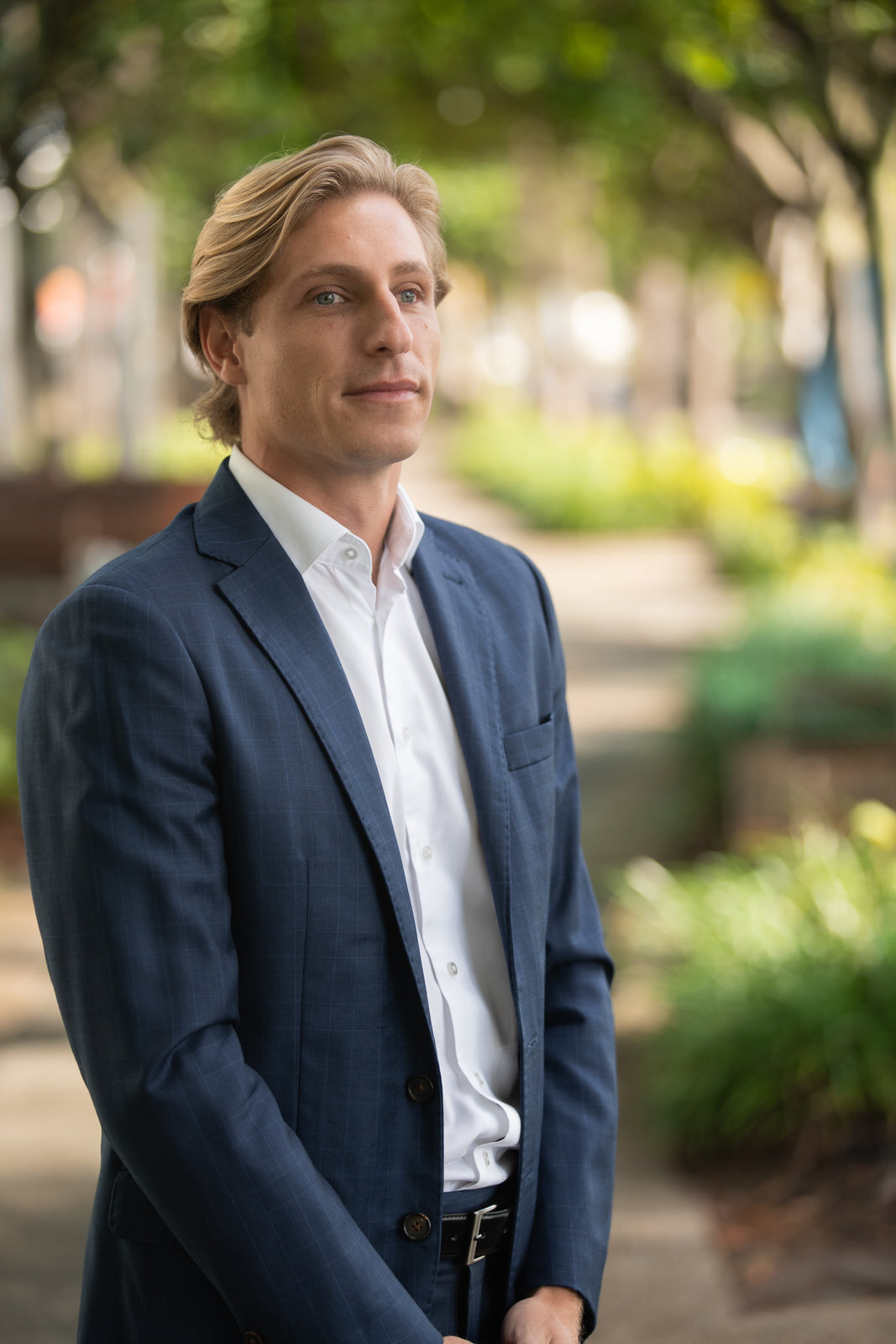
“Firstly, there is no proactive duty to rescue someone in danger,” Mr Powell said.
“It is a moral obligation that compels us to act.
“Apart from the morally questionable nature of the issue, while it will always depend on the circumstances, it is hard to envisage a situation where a viable claim would arise due to numerous defences available.
Want more free local news? Follow Sunshine Coast News on Facebook, LinkedIn and Instagram.
“One exception could be if the rescue was conducted in a grossly negligent or reckless manner.
“And what if the surfer is injured during the rescue? A claim could potentially be pursued directly against the person being rescued if the injury was a reasonably foreseeable consequence of the situation.”
Mr Powell said there was clearly value in allowing employed lifeguards and volunteer lifesavers to conduct rescues without fear of being sued.
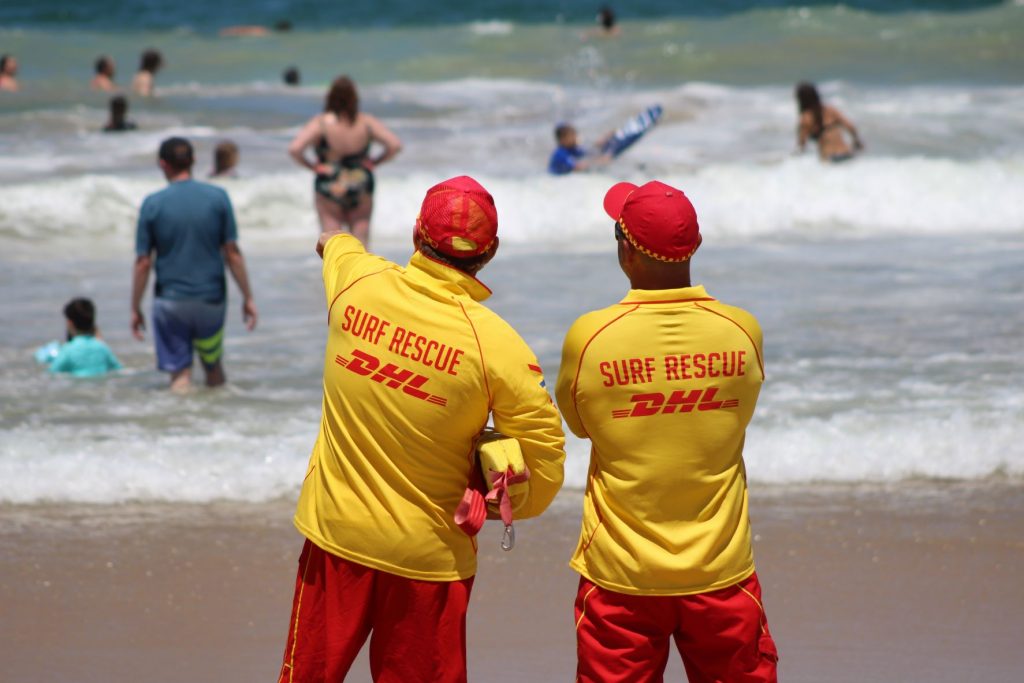
In Queensland, generally no liability would attach to a lifeguard for an act done while rendering first-aid or assistance to another in an emergency, he said. The situation in NSW was slightly different in that volunteer lifeguards were still protected but vicarious liability could attach to their club or the council, depending on the circumstances.
“While Australia has always had a strong professional lifeguarding and volunteer surf lifesaving service, it is inherently impossible for all beaches to be patrolled at all times,” he said.
“Surfers and other beachgoers have historically done their best to plug the gap and sometimes, this has sadly cost them their lives.
“With the summer holidays now upon us and temperatures predicted to be higher than ever, there will be more people in the water and more pressure on our surf life saving services.
“The beach is a hazardous and unpredictable environment so let’s be safe this summer as we remember the brave people who put their own lives at risk to save another.”
Do you have an opinion to share? Submit a Letter to the Editor at Sunshine Coast News via news@sunshinecoastnews.com.au. You must include your name and suburb.


